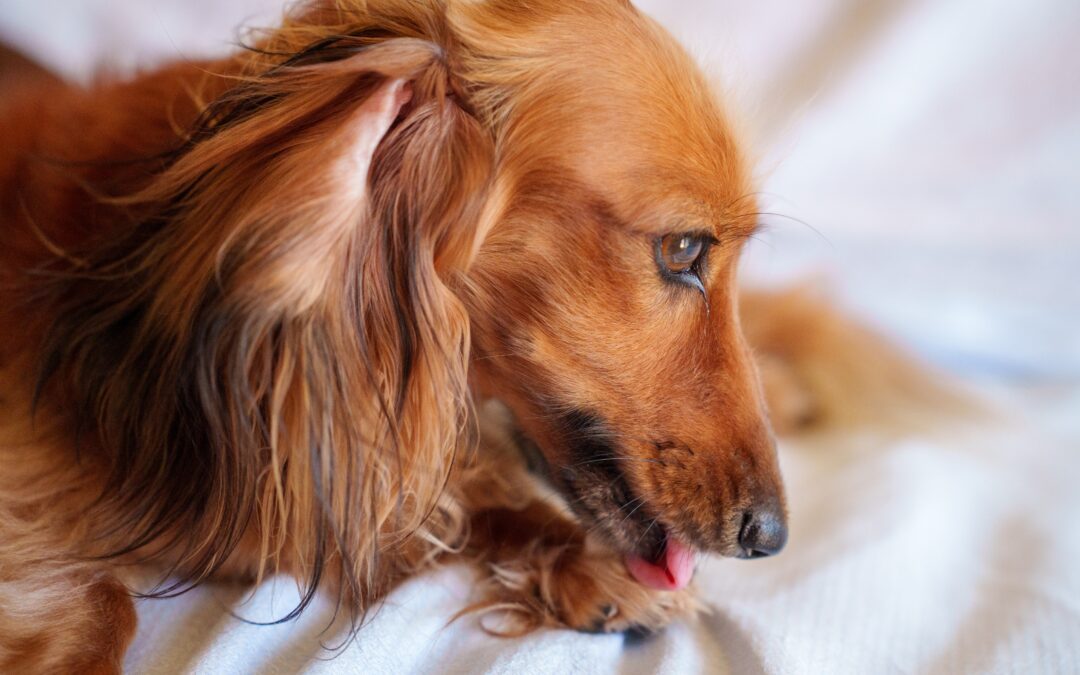Hot Spots on Pets: Diagnosis, Relief, and Prevention
Your pet may develop a hot spot through excessive scratching, licking, or chewing if they frequently experience intense itching. Learn more about these painful wounds and how you may help your furry friend deal with the itching.
Where do pets typically get hot?
Inflammatory sores, or “hot spots,” can appear on your pet’s skin. This condition is also known as acute moist dermatitis or pyotraumatic dermatitis. Often appearing overnight, these bumps can quickly develop into an oozing, unpleasant mass that causes significant discomfort to your pet.
Why do pets get hot spots?
Inflammation of the skin triggers hot spots, and common triggers include environmental, flea, and food allergies. However, the reason could be anything encouraging your pet to lick, chew, or scratch the region until raw skin appears.
Hot spots can be triggered by:
- Ear infections
- Skin infections
- Matted fur
- Urinary tract infections
- Anal gland issues
In what ways are pets with hot spots cared for?
Your pet’s hot spots must be treated immediately to avoid a more severe skin illness. Whenever you see even a hint of skin irritation on your pet, you should immediately restrain them using an Elizabethan collar (or e-collar).
Because hot areas can be so unpleasant to the touch, we may choose to sedate your pet and give them a potent pain reliever when they come to our facility for treatment. At that point, we’ll trim away matted fur to let fresh air reach the region and make your pet more comfortable. Remove the wet, matted hair to prevent further infection and promote the healing of the sore.
After applying an antiseptic rinse to remove loose fur and other debris, we will dry the area and use topical drugs to relieve the itch and treat the infection. The source of the hot site will determine the next course of treatment, which could include medication for allergies, anal gland expression, ear medication, regular grooming, or something else entirely.
Don’t delay if you find an area of your pet’s skin that is red and inflamed. Before a minor irritation becomes a large, uncomfortable hot spot, give our staff a call to set up an appointment.

